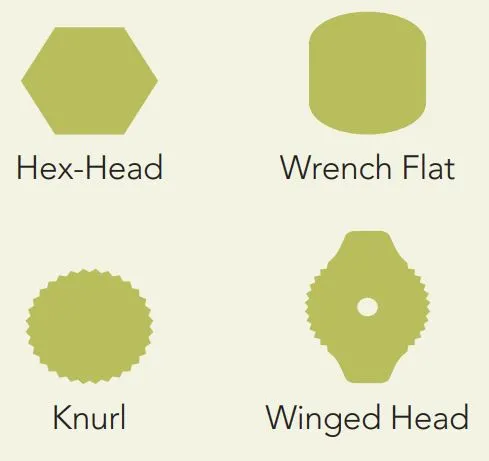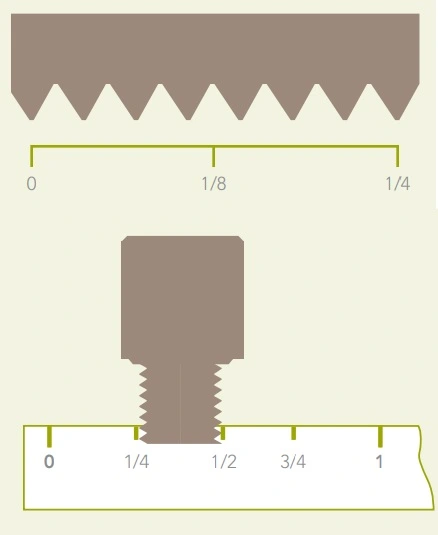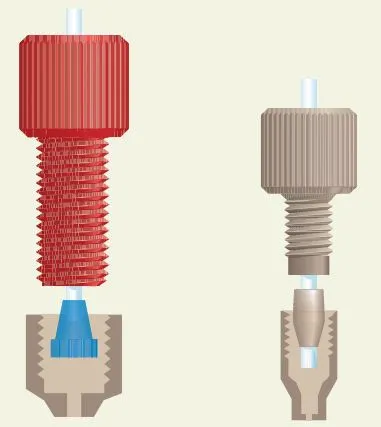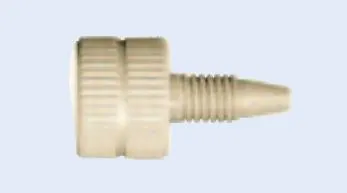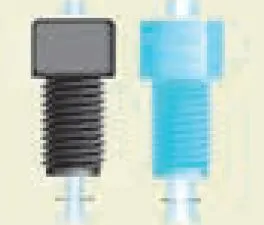Checkout using your account
Checkout as a new customer
Creating an account has many benefits:
- See order and shipping status
- Track order history
- Check out faster
Fittings & Ferrules
Fittings & ferrules are used to ensure safe and tight connections between different parts of the HPLC system (column, detector, injector, etc.). They are made of stainless steel or plastic (usually PEEK). An optimal connection is crucial to avoid leaks and prevent additional dead volumes.
Fittings are connectors used to securely connect ports and capillaries. Stainless steel fittings offer high strength and chemical resistance, while PEEK fittings are valued for their flexibility and biocompatibility.
Ferrules are cylindrical components with a conical tip that firmly enclose the capillary when the fitting is tightened. Depending on the design, material and pressure requirements, ferrules can be found pointing towards or away from the port. Ferrules can be independent components or integrated into the fitting.
Write us a message and we will get back to you as soon as possible.

